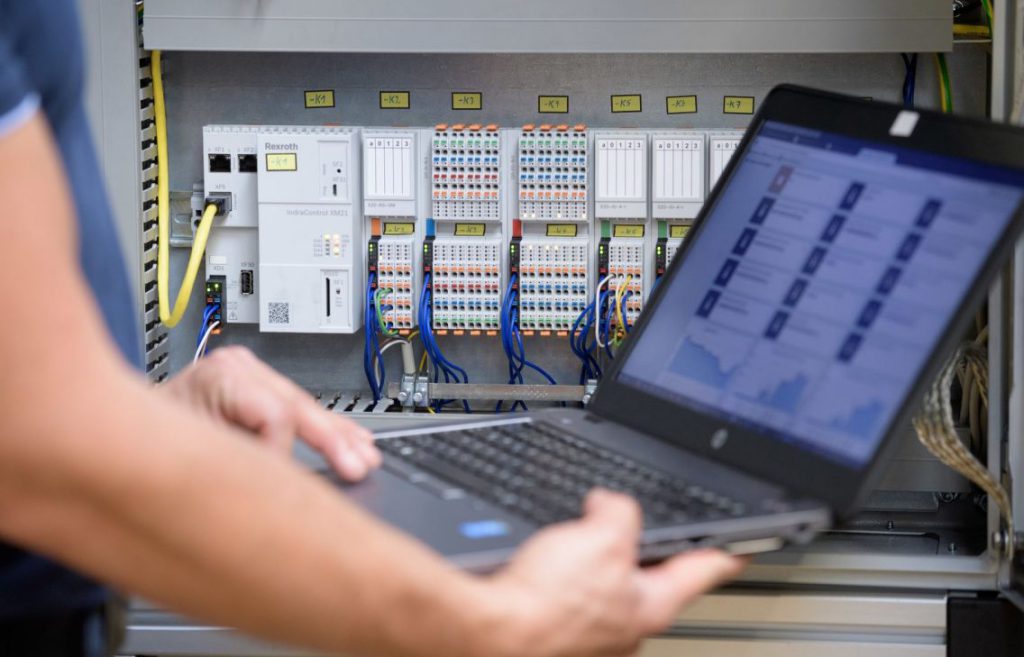We live in a digital age – technology is at the forefront of all innovations. An integral part of this is IoT, or the Internet of Things – a network that helps connect software, technology, and people. Can this be leveraged for business? Keep reading as IoT Loops breaks down 5 fundamental ways to use IoT in business.
1. Define Your Business Goals
The first step to incorporating IoT into your business is to define your business goals. What are you looking to achieve with IoT? Do you want to increase efficiencies, create new revenue streams, or improve safety? Once you’ve defined your goals, you can start identifying which IoT devices and solutions will help you achieve them. You can make this process easier by using pre-existing business documents, such as a business plan, to solidify your business goals in line with tech developments.
2. Identify Use Cases
Once you’ve defined your business goals, the next step is identifying which IoT devices and solutions will help you achieve them. This involves identifying specific use cases for IoT in your business. For example, suppose you’re looking to increase efficiencies. In that case, you might consider using IoT-enabled sensors to monitor the real-time location of assets and people.
On the other hand, if you’re looking to create new revenue streams, you might consider using IoT-enabled devices to offer new services to customers. And suppose you’re looking to improve safety. In that case, you might consider using IoT-enabled devices to monitor environmental conditions or track the real-time location of people and things.
Also Read: How IoT is transforming business development
3. Develop a Pilot Project
Once you’ve identified which IoT devices and solutions will help you achieve your business goals, developing a pilot project is next. This involves testing the IoT devices and solutions in a real-world environment to ensure they meet your needs. DeviceMagic writes that choosing a viable pilot project with a clear end goal is essential. This will help you measure the project’s success and identify any areas for improvement.
4. Implement an IoT Platform
Once you’ve developed a pilot project, the next step is to implement an IoT platform. This involves choosing an IoT platform that meets your business needs and integrating it into your existing IT infrastructure. An IoT platform will allow you to connect, manage, and monitor your IoT devices and solutions.
Thus, it will be essential to choose an IoT platform that is scalable and secure, as this will help your tech efforts grow over time. The more room you provide for growth, the higher your chances for increased business revenue and long-term success.
5. Measure, Analyze, and Optimize
The final step to incorporating IoT into your business is to measure, analyze, and optimize your IoT deployment. This involves collecting data from your IoT devices and solutions and using it to improve your business operations. Choosing the right metrics to measure and planning how to use the data to enhance your business is essential. With the right metrics, you can analyze what verticals need improvement and which are performing well. Monday reports that using this data to iterate business operations will be the way to go.
Bottom Line
These are just a few strategies for incorporating IoT into your business. As you integrate IoT into your business, it’s essential to experiment and learn what works best for you. There is no one-size-fits-all solution for IoT, and the best way to find what works for you is to try different approaches and keep iterating towards business success.
Recommended Reading: Dos and Don’ts of Hiring a Commercial Cleaning Company for your Business


7 thoughts on “How to Use the IoT for Business Success”